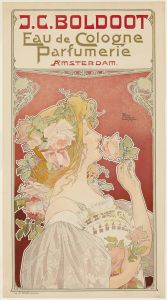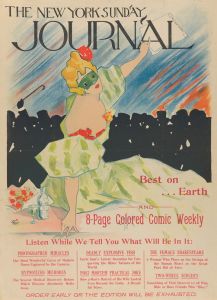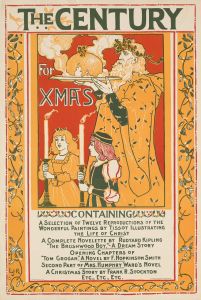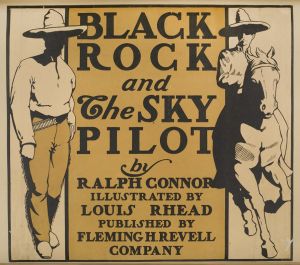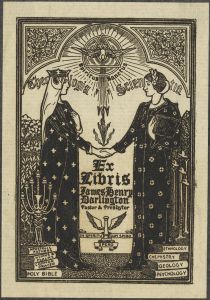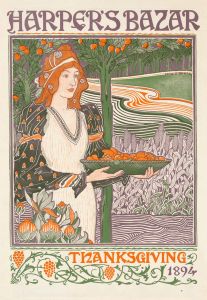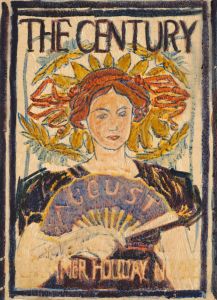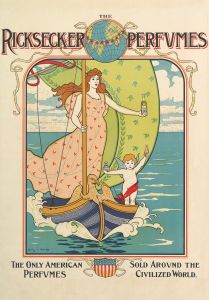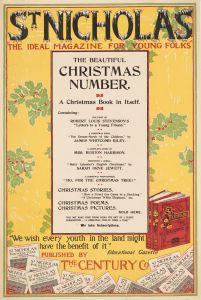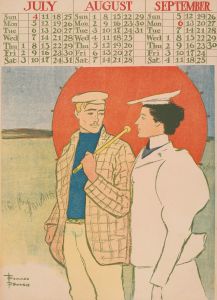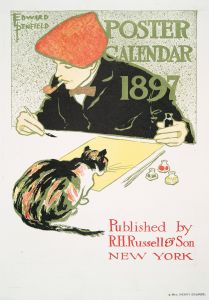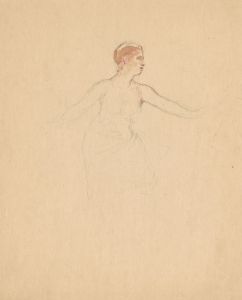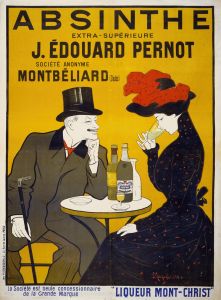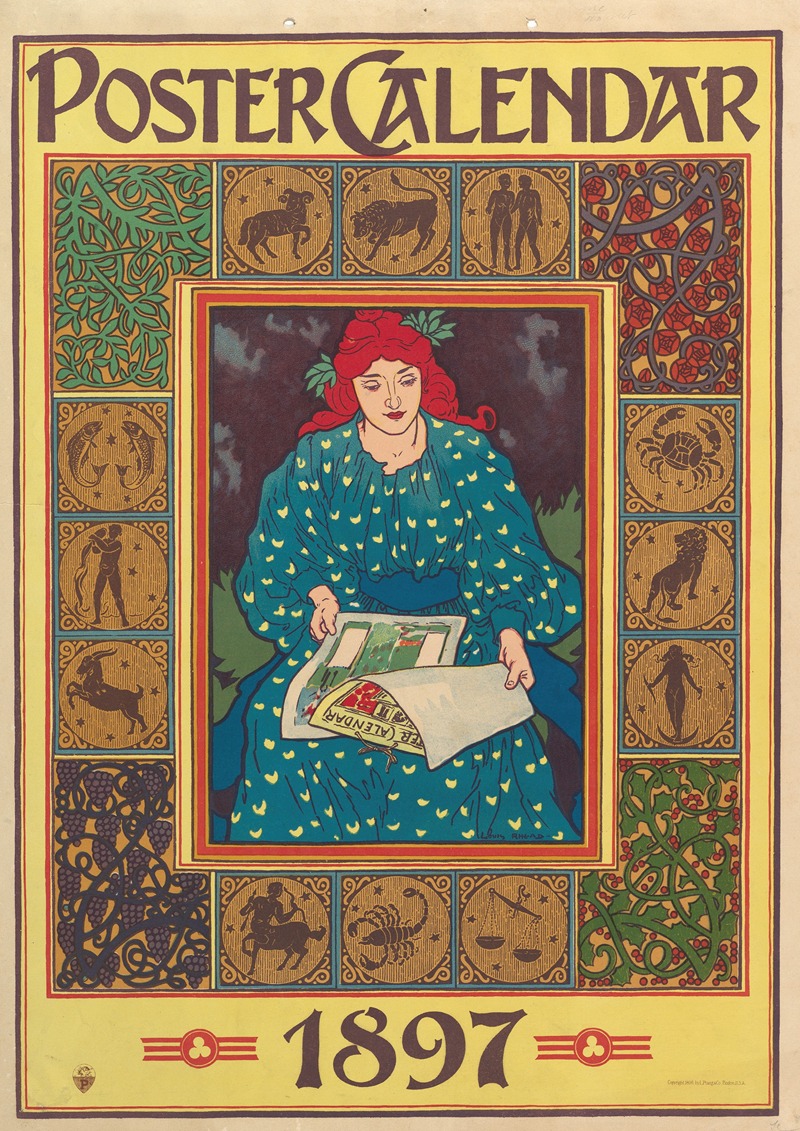
Poster Calendar, 1897
A hand-painted replica of Louis Rhead’s masterpiece Poster Calendar, 1897, meticulously crafted by professional artists to capture the true essence of the original. Each piece is created with museum-quality canvas and rare mineral pigments, carefully painted by experienced artists with delicate brushstrokes and rich, layered colors to perfectly recreate the texture of the original artwork. Unlike machine-printed reproductions, this hand-painted version brings the painting to life, infused with the artist’s emotions and skill in every stroke. Whether for personal collection or home decoration, it instantly elevates the artistic atmosphere of any space.
Louis Rhead's Poster Calendar, 1897 is a notable example of late 19th-century American poster art. Created by the British-born artist Louis Rhead, the work reflects the influence of the Art Nouveau movement, which was prominent during this period. Rhead, who emigrated to the United States in 1883, became a significant figure in the American poster movement, contributing to the popularization of poster art as both a commercial and artistic medium.
The Poster Calendar, 1897 was designed as a promotional calendar, a format that was widely used at the time to combine functional utility with artistic appeal. The calendar features a striking composition that showcases Rhead's mastery of decorative design and his ability to integrate text and imagery seamlessly. The artwork is characterized by its flowing lines, intricate patterns, and the use of bold, flat colors, hallmarks of the Art Nouveau style. The central figure in the design is a woman, a common motif in Rhead's work, depicted in a stylized and idealized manner. She is surrounded by floral elements and ornamental details, which enhance the overall aesthetic of the piece.
Rhead's work during this period was heavily influenced by the European poster tradition, particularly the works of French artists such as Jules Chéret and Alphonse Mucha. However, he adapted these influences to suit American tastes and commercial needs, creating posters that were both visually appealing and effective as advertising tools. The Poster Calendar, 1897 exemplifies this synthesis of artistic and commercial objectives.
The calendar was likely produced as a lithograph, a common printing technique for posters at the time, which allowed for the reproduction of vibrant colors and fine details. Rhead's posters, including this calendar, were widely admired for their technical excellence and artistic quality. They were often displayed in public spaces, contributing to the growing appreciation of posters as a legitimate form of art.
Today, Poster Calendar, 1897 is recognized as an important work in the history of American graphic design and is often cited as an example of the artistic achievements of the poster movement in the United States. The piece is part of the broader legacy of Louis Rhead, who is remembered as one of the pioneers of American poster art.





